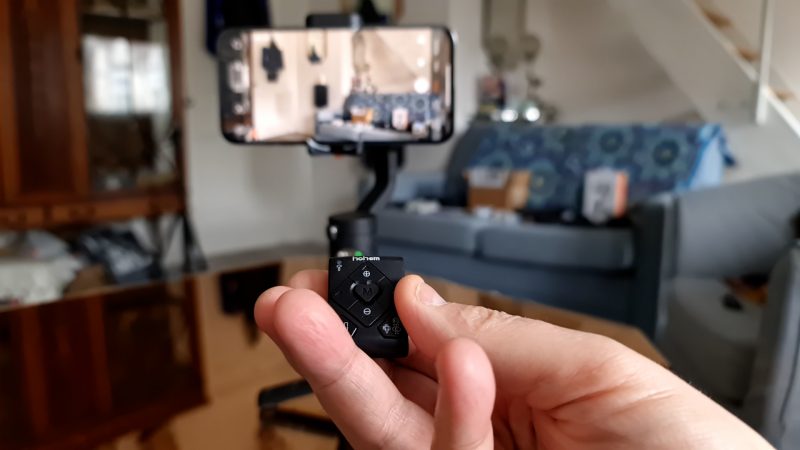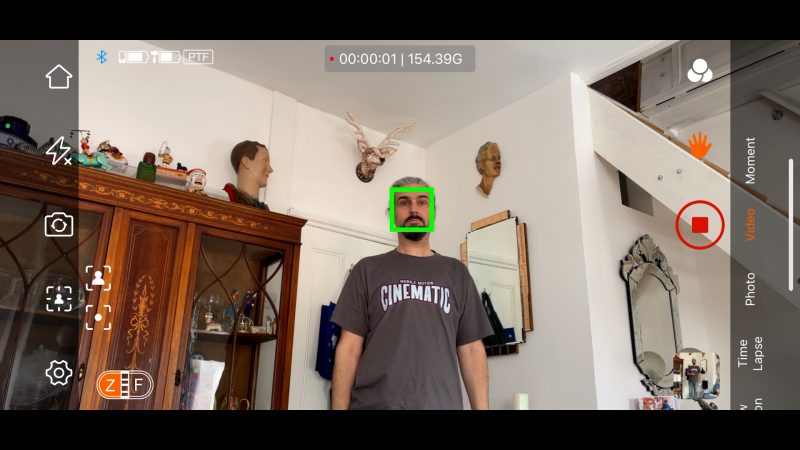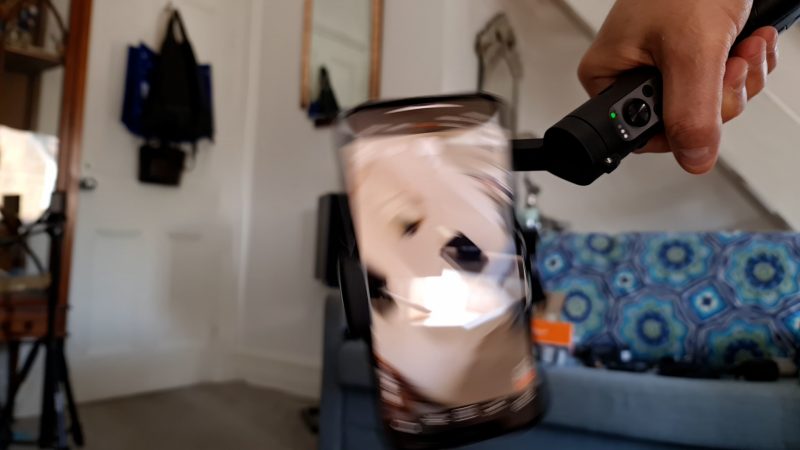Hohem iSteady X2 Review
Hohem sent me their new smartphone gimbal – the iSteady X2. This is an update to their very popular iSteady X. I had some issues with the old version, but the affordable price always made the gimbal competitive.
So let’s have a look and see what they’ve added or improved.
I like it when companies get the packaging right. It gives me hope that the device itself will be as well thought out. So this immediately looks really nice. It’s welcoming and the quick start guide here looks nicely laid out.
If you have the original iSteady X, this will look pretty familiar: carry bag (does anyone ever use these?), gimbal, mini tripod, charging cable. But what’s this?
This looks like some kind of remote control device. If it is, that could be really cool.
The gimbal is really light, only about 250 grams. It also has a max payload of 280 grams, which is the same as the iSteady X.
Setting Up
First, unfold the gimbal, which means unlocking it in a couple of places. There’s just this screw to loosen and then tighten again, each time you want to fold or unfold.
My iPhone 12 Pro Max fits in the clamp. No issue with the size.
When you first power on you get this green to red flashing light. The gimbal won’t operate until you activate it. You need to register first, as with the previous version.
I already have an account with Hohem, so I just logged in and activated the gimbal, no problems. Powering up, the gimbal really snaps into position. Often, with such a big phone, a gimbal will take it’s time.
But this makes me think there are strong motors in this gimbal. My first impression is, this is a good gimbal. Hopefully my initial instincts prove to be right.
Now, it’s just a matter of connecting your phone to the gimbal via bluetooth. Again, I had no issues at all.
Remote Control
I was excited to try this little gadget, because it’s something new. Indeed, it is a remote. Switch on the remote and it connects to the gimbal automatically.
There are quite a few options for controlling your gimbal. You can switch modes, pan left and right, zoom in and out, start record or take a picture, re-centre the gimbal, switch from front to back camera, switch from portrait to landscape and more.
One cool feature of the Hohem app is that you can switch the zoom controller to control focus instead of zoom. And I wondered if by switching to focus, I could then use the zoom control on the remote to do a remote controlled focus pull. And yes – it actually worked!

What do you think of this remote? Is this something you would find useful?
I guess changing modes remotely is a useful feature. For shooting solo it means we can film ourselves, angle the camera and start recording, without having to run back and forth.
Hohem Pro App
Every gimbal comes with an app, and for this we need Hohem Pro. The app comes with less features compared to others. Standard video, photo mode and slow motion. The timelapse mode allows motion lapse, which means you can pan or tilt the camera during the shot.
There’s also Moment mode, which is a little like Story Mode in the DJI Mimo app. At least that’s what I presumed. But in the Hohem app it’s pretty limited. One of the options is just a simple pan with some music added.
There’s gesture control. There’s face and object tracking.
On iPhone the app goes up to 4K at 60fps. On my Samsung Note20 Ultra, however, I could only choose up to 30fps.

There’s a couple of things I really like about this app. One is that you can switch the zoom control to focus instead. Another is that you are able to easily adjust the motor sensitivity.
When I first started using the gimbal, I found it wasn’t too smooth. But once I switched the motor response to low, it became beautifully smooth.
You can also set the follow speed. Again, if you want very smooth cinematic video, you can set this to low.
User Experience
I went out to shoot some B roll style footage in London. I found myself shooting more footage than I probably needed because it was such a joy to use. With the motor response set to low, it was so smooth.
Yup. I have to say, I loved shooting with this gimbal.
However, it’s not perfect.
For example, those sideways crane shots I like to do, aren’t quite so easy with this gimbal. It’s just slightly trickier to get those shots without the motors correcting themselves. Also, gimbal flips the phone upside down as you near the bottom of the shot.
Just using the phone without extras like lenses or filters (and my phone is one of the heaviest out there) it was nice and steady.

For me, a gimbal isn’t just for basic stabilization. They’re for getting shots you can’t get just holding your phone in your hand. I use a gimbal for gliding camera movement.
Until now, I’ve never really considered using any fold up gimbal other than the OM 4. But this Hohem has me in two minds now.
I think I’ll need to write comparison article to make up my mind.
BUY the Hohem iSteady X2 on Amazon
BUY the Hohem iSteady X2 on AliExpress
Eager to learn more?
Join our weekly newsletter featuring inspiring stories, no-budget filmmaking tips and comprehensive equipment reviews to help you turn your film projects into reality!
Simon Horrocks
Simon Horrocks is a screenwriter & filmmaker. His debut feature THIRD CONTACT was shot on a consumer camcorder and premiered at the BFI IMAX in 2013. His shot-on-smartphones sci-fi series SILENT EYE featured on Amazon Prime. He now runs a popular Patreon page which offers online courses for beginners, customised tips and more: www.patreon.com/SilentEye



